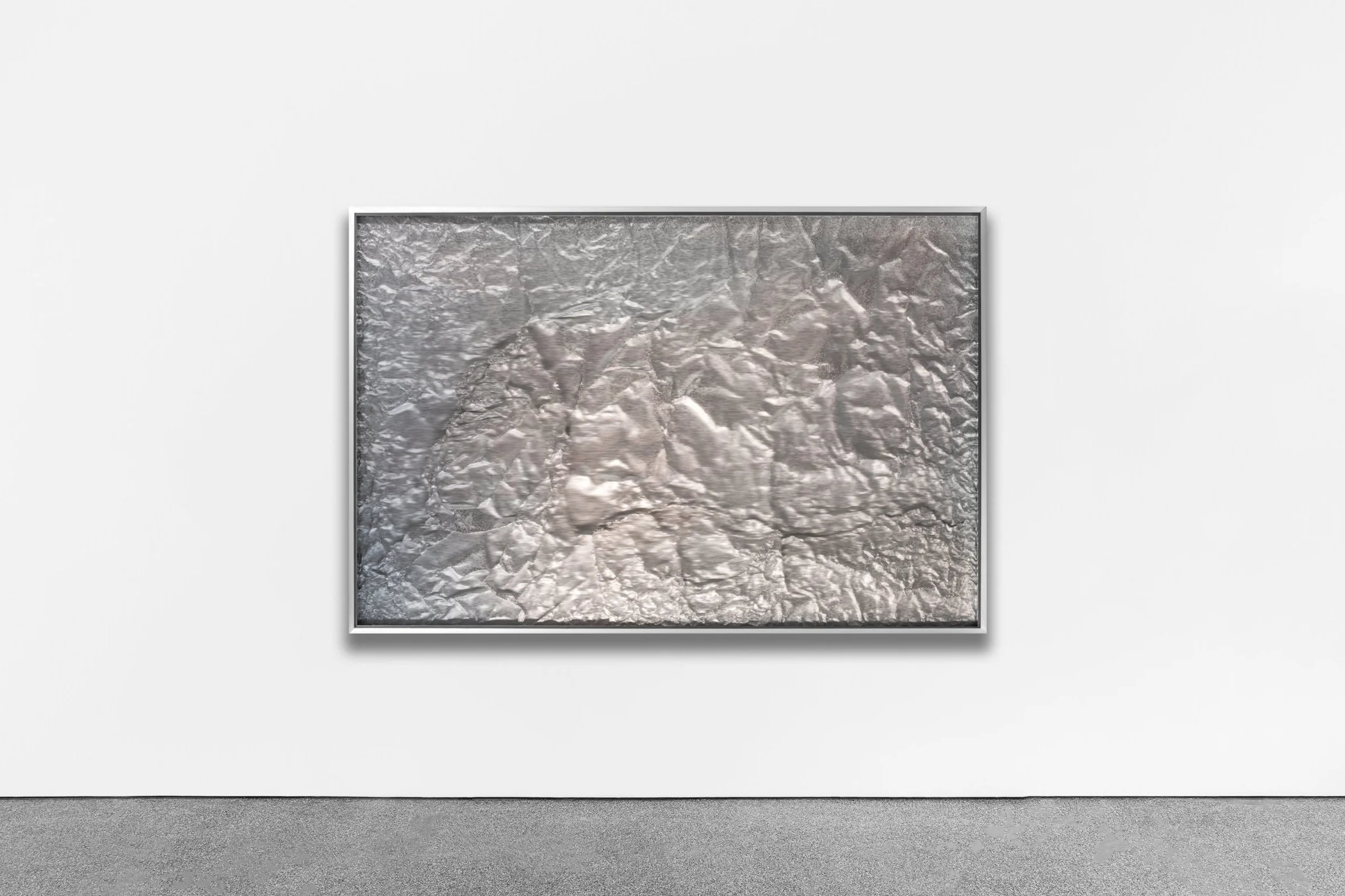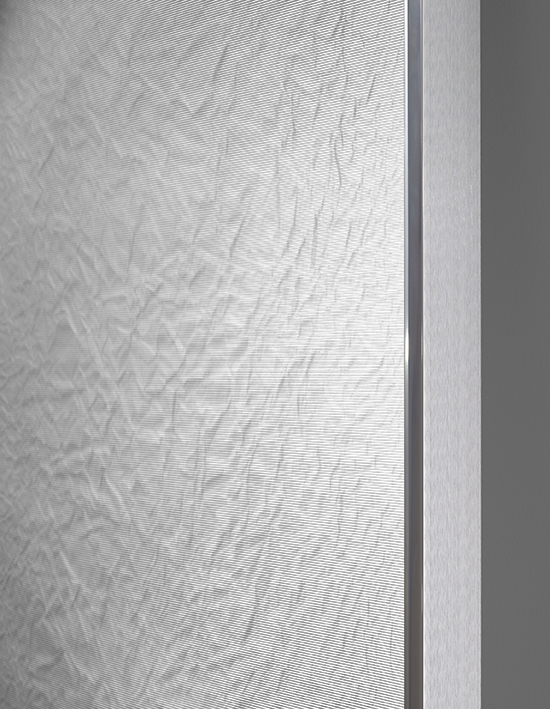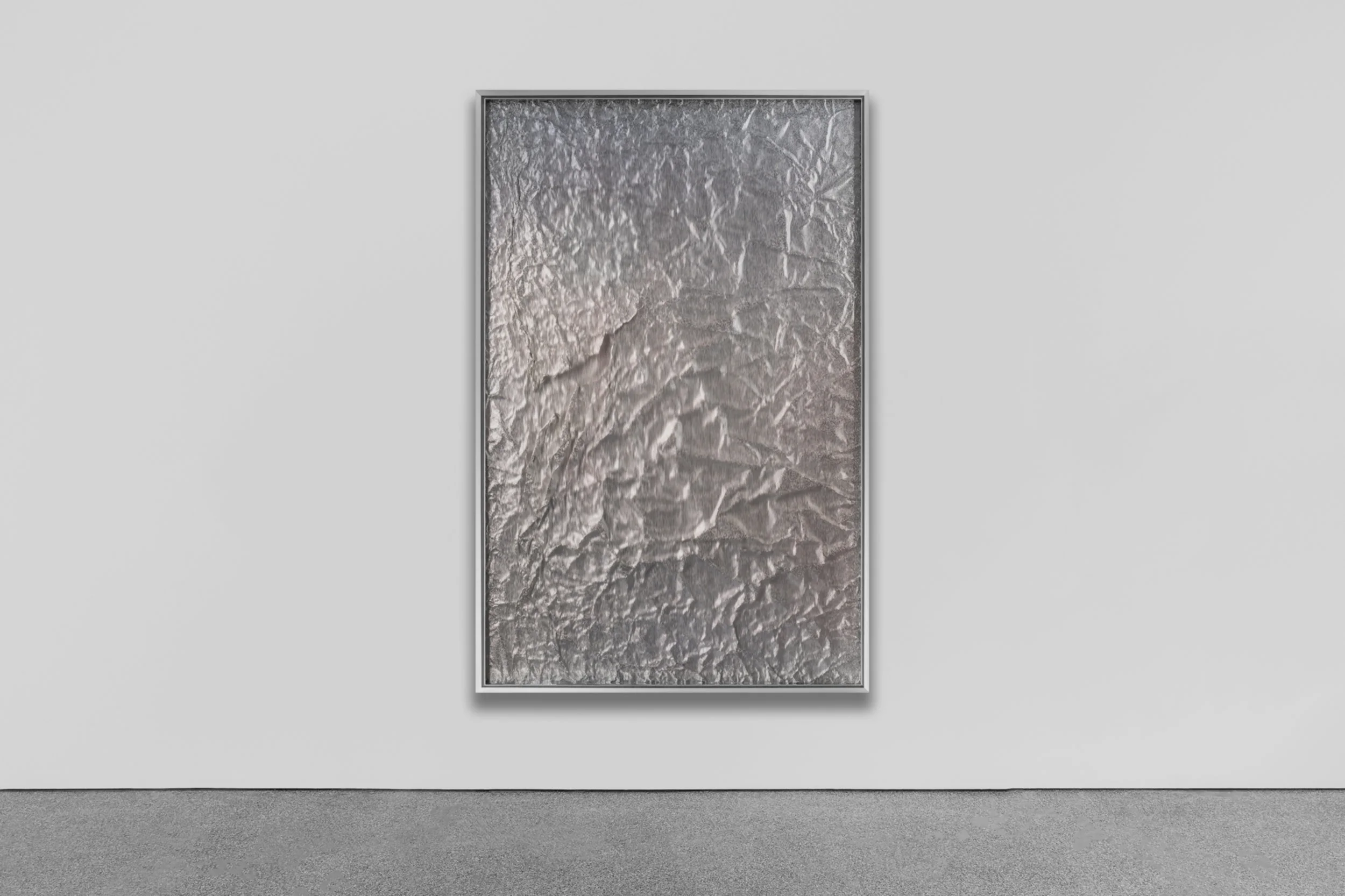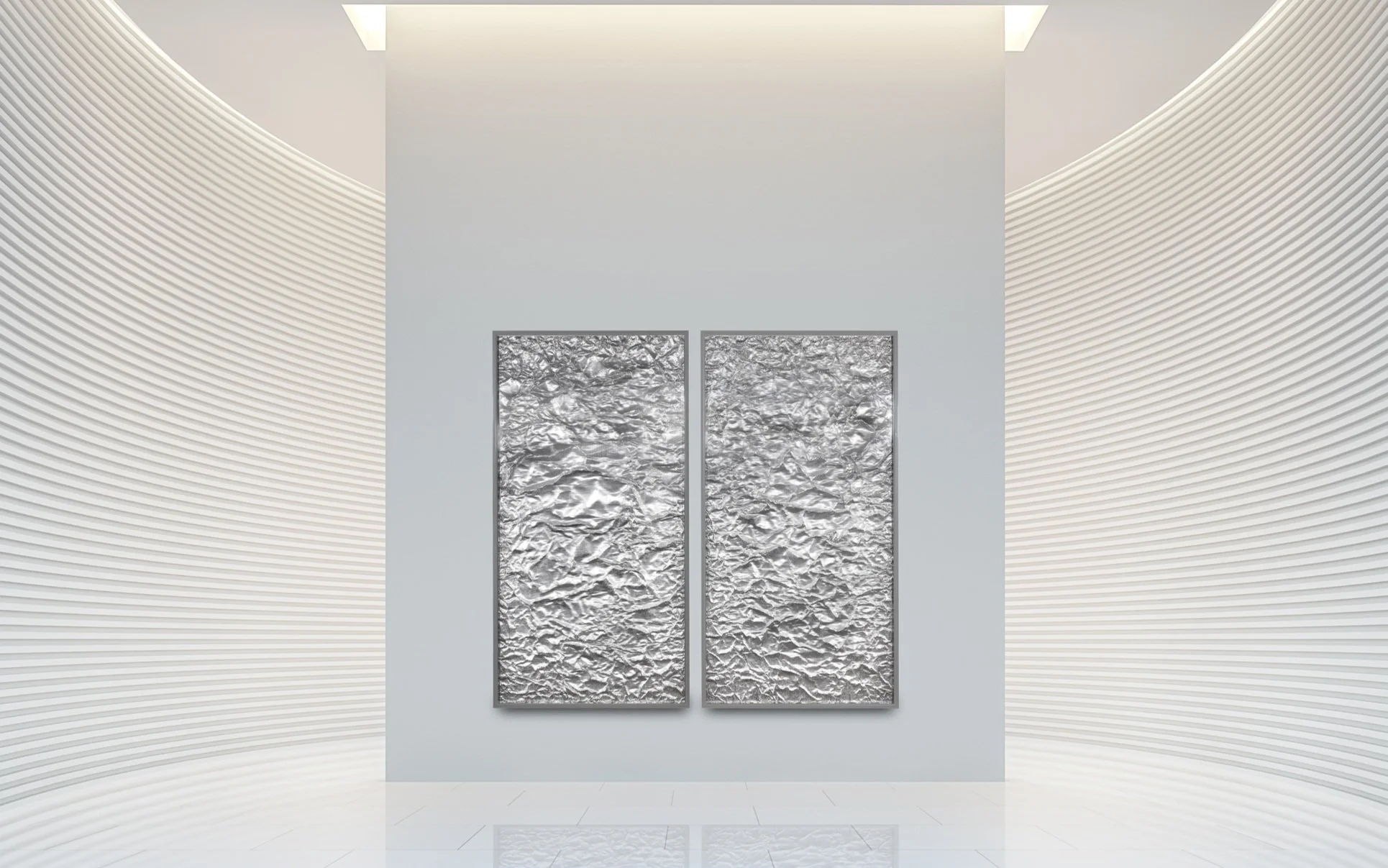Tabula Rasa
2016 - 2018
“Tabula rasa” (Latin: "blank slate") in epistemology and psychology refers to the supposed condition that empiricists attribute to the human mind before ideas have been imprinted on it by the reaction of the senses to the external world of objects. However, continental rationalism, mainly represented by French philosopher René Descartes, insisted on the primacy of so-called innate ideas placed in the human mind at birth by God.
These include mathematical principles, simple ideas, and the idea of God. Proponents of tabula rasa generally disagree with the doctrine of Innatism which holds that the mind is born already in possession of certain knowledge. In ‘An Essay Concerning Human Understanding’ (1689), the English empiricist John Locke argued for the mind’s initial resemblance to “white paper, void of all characters,” with “all the materials of reason and knowledge” derived from experience. Locke, thus, objected that there was no evidence of such pre-existing ideas in our mind.
In this series these opposing principles are subject to both cogitation and negation. Using Chinese calligraphy Xuan paper beneath linear Plexiglas; both materials become subliminal references to the mind (that at birth the mind is a "blank slate" without rules for processing data, and that data is added and rules for processing are formed solely by one's sensory experiences).
The paper, like the mind, awaits the calligrapher’s hand to engrave cognisance onto its blank surface. The Plexiglas becomes the ‘lens’ that focuses the process of gradual or unconscious assimilation of ideas – yet to be imprinted. Sheets of aluminium foil and dichroic film dominate equally in this series. Whilst the calligraphy paper becomes the metaphor for a mind that absorbs, the reflective nature of the foil and the colour variations of the dichroic film symbolise an alternative conduit for cognition.


















